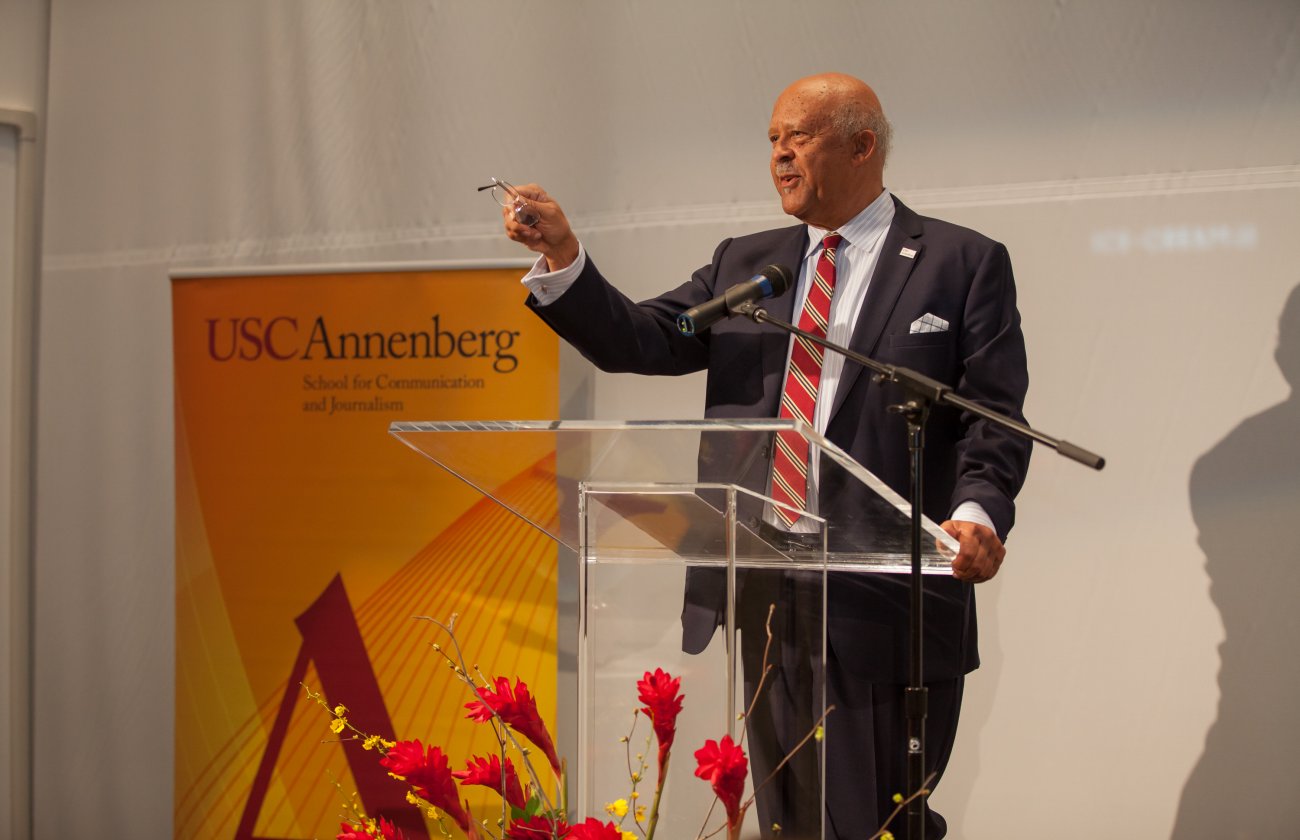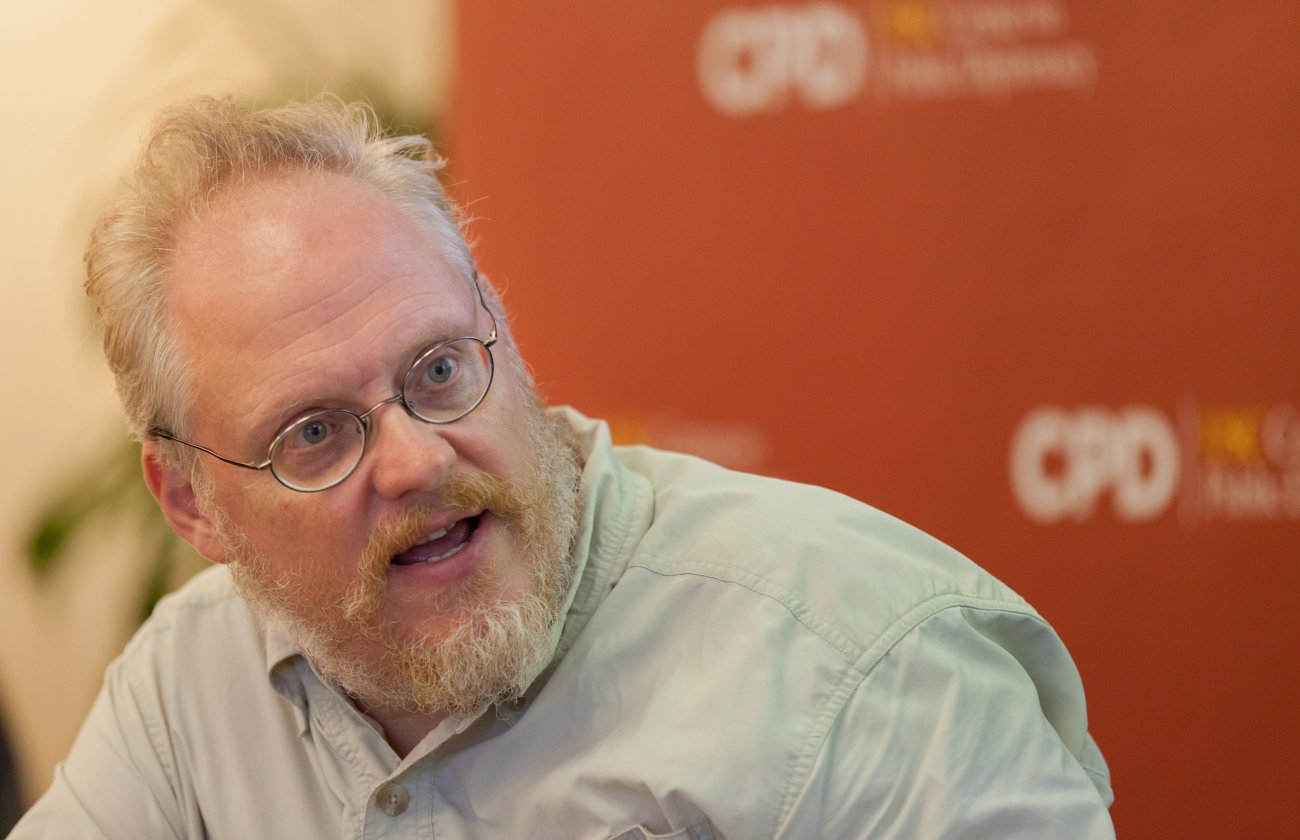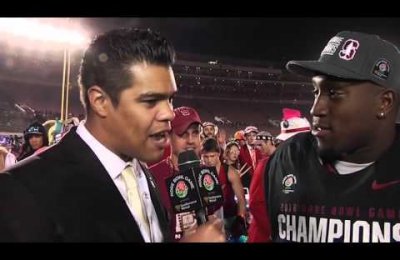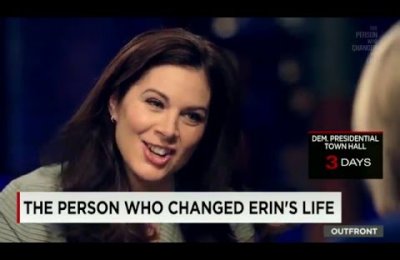By Jessica Zech
Student Writer
A comprehensive study on how public relations practitioners were portrayed in film and television from 1901 to 2011 – the largest study of its kind ever attempted – reveals seven images offering a range of positive and negative descriptions of the professional and the field.
"The analysis revealed that the images of the public relations practitioner are far more varied and more positive than previously thought," said journalism professor Joe Saltzman, director of the Image of the Journalist in Popular Culture (IJPC). "When they are good, they are very, very good, and when they are bad, they are horrid."
The seven images of PR professionals are:
- Press agents whose outrageous publicity stunts always made headlines.
- Publicists who do anything to promote and protect their clients.
- PR practitioners as moral heroes who try to evaluate their profession's standards (though they usually fail) and will quit before being unethical.
- The most varied depictions are of press secretaries, political aides and military and police information officers; they can be the most vile or most appealing.
- PR professionals as unforgiving villains who will stop at nothing to protect their client's image.
- Women who use their sexuality to get ahead in the PR world.
- A constant throughout film and television: the alcoholic PR man.
The study found that males overwhelmingly dominated the image of the PR practitioner in the movies, but women were represented in almost equal fashion, especially on television, by the 21st century.
“We also discovered that there are far more negative images in film than on television. TV series may have more impact on the public because of the frequency and necessity to have likable people as leading characters, resulting in more positive than negative images of the PR man and woman,” Saltzman said.
Saltzman presented the study's findings at the International History of Public Relations Conference at Bournemouth University in Great Britain. The entire study was published in a special edition of The IJPC Journal (vol. 3, fall 2011-spring 2012).









